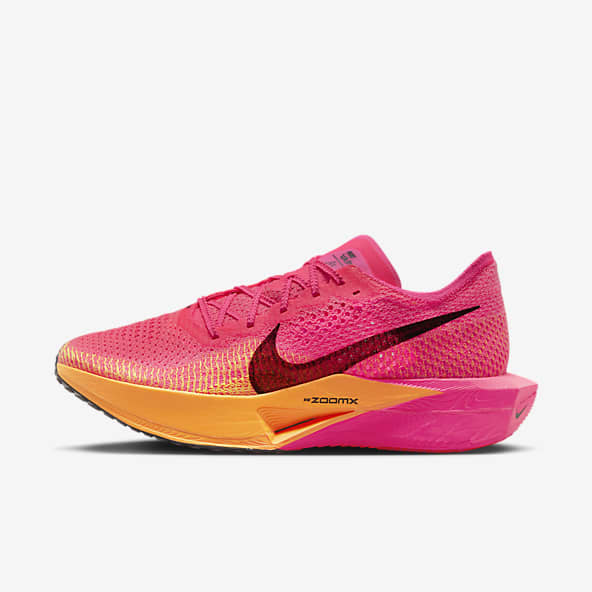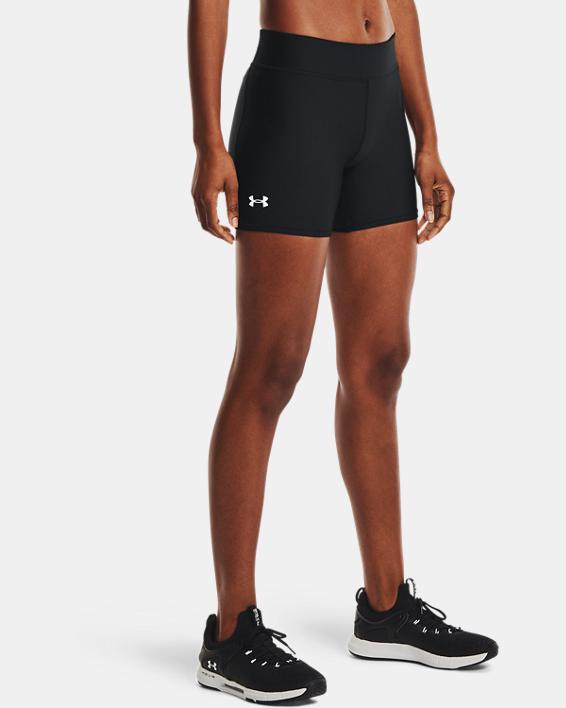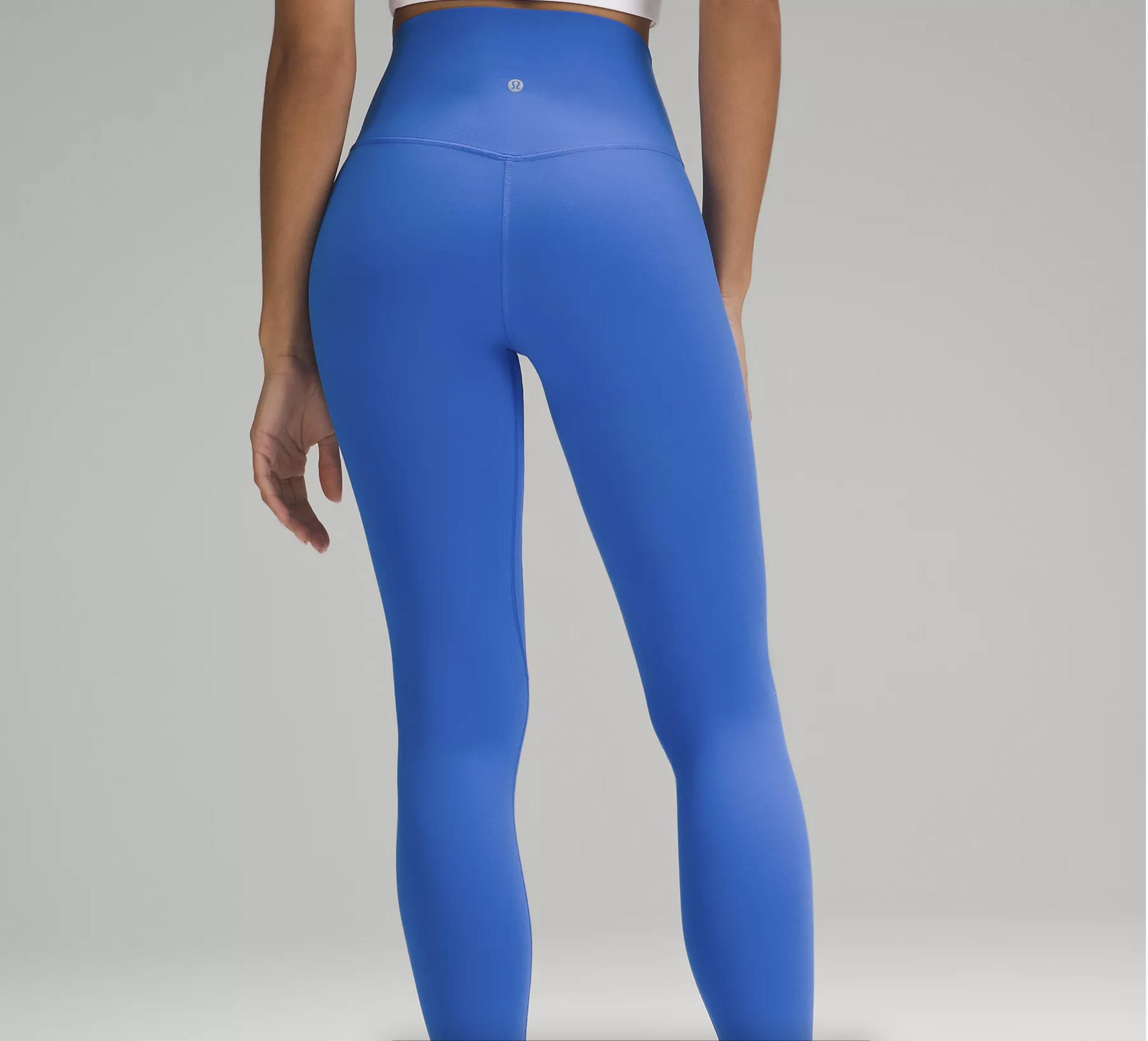Performance-Driven Design: Balancing Functionality and Aesthetics in Sportswear

Performance-Driven Design: Balancing Functionality and Aesthetics in Sportswear
The design of activewear and sportswear has come a long way in recent years. Where once form was sacrificed for function, today's designs prioritize both aesthetics and performance. Performance-driven design has become an important factor in the apparel industry as it allows consumers to look good while also ensuring they are comfortable and able to perform their best. In this blog post, we'll discuss how to balance functionality and aesthetics when designing sportswear so that you can create garments that are as practical as they are stylish.
Why Functionality is Key in Sportswear
When it comes to designing sportswear, functionality is absolutely key.
As a business owner, you want your sportswear to not only look good but also perform at the highest level. Athletes, fitness enthusiasts, and active individuals rely on their clothing to support their performance. That's why functionality should be a top priority in sportswear design.
Functional sportswear allows athletes to move freely and comfortably while providing the necessary support and performance-enhancing features. Whether it's moisture-wicking fabric to keep sweat at bay, compression technology for muscle support, or breathable materials for temperature regulation, these functional elements are what set your sportswear apart from everyday clothing.
The Importance of Aesthetics in Sportswear Design
As a sportswear business owner, you might think that functionality is the only thing that matters. While it's true that sportswear needs to perform well, aesthetics are also crucial. Customers want sportswear that not only works great but also looks good. Attractive designs can boost confidence and motivation for athletes. When people wear stylish sportswear, they feel better about themselves and are more driven to perform at their best.
Additionally, having visually appealing sportswear helps your brand stand out in a crowded market. With so many options available, unique and eye-catching designs can make a big difference. If your products catch the eye of potential customers, they are more likely to remember and choose your brand over others
How to Achieve Performance-Driven Design in Sportswear
To achieve a performance-driven design in sportswear, consider these key factors:
Understand Your Audience:
Research and gather feedback from athletes and active individuals to understand their specific needs. Identify the key performance aspects to prioritize in your designs.
Choose the Right Fabric Materials:
Select fabrics that are durable, comfortable, moisture-wicking, and breathable. These properties help athletes stay cool, dry, and comfortable during intense activities.
Ergonomic Design:
Ensure your garments allow for ease of movement and provide support in the right areas. Incorporate features like stretch panels, strategically placed seams, and adjustable components to enhance flexibility and fit.
Attention to Detail:
Focus on how each component of the garment contributes to its overall performance. From stitching and construction to closures and fasteners, every element should enhance functionality and durability.
Continuous Innovation:
Stay updated with the latest trends and technologies in sportswear design. Explore advancements in fabrics, materials, and manufacturing techniques to further enhance performance.
By considering these factors and striving for continuous improvement, you can create sportswear that not only looks great but also helps athletes perform at their best.
Examples of Successful Performance-Driven Sportswear Designs
When it comes to successful performance-driven sportswear designs, there are countless examples to draw inspiration from.
The Nike Vaporfly running shoes:

These shoes incorporate advanced cushioning technology and lightweight materials to enhance an athlete's speed and performance.
Under Armour's HeatGear fabric

Women's HeatGear® Mid-Rise Middy Shorts
HeatGear fabric is designed to wick away sweat and keep athletes cool and dry during intense workouts.
The Lululemon Align leggings

Lululemon Align leggings have become a fan favorite due to their buttery soft fabric and supportive fit
These examples demonstrate how a combination of innovative materials, thoughtful design, and attention to detail can create sportswear that not only looks great but also elevates an athlete's performance.
Seamless Integration of Technology
As technology continues to advance, its integration into sportswear design has become increasingly seamless. Sportswear brands are incorporating innovative technologies that enhance both performance and convenience for athletes. Here are some key examples:
Smart Fabrics:
These fabrics are embedded with sensors that can track vital signs, monitor muscle activity, and even detect posture. By collecting and analyzing data in real-time, athletes can make adjustments to their performance and technique, leading to better results.
Wearable Technology Integration:
Fitness trackers and smartwatches are being integrated into sportswear, providing athletes with valuable information about their training intensity, heart rate, and recovery time. With this data readily available on their wrists, athletes can make informed decisions about their workouts and optimize their performance.
Advanced Fabric Technology:
Developments in fabric technology have led to garments with temperature regulation capabilities. These garments can adapt to the body's temperature, keeping athletes cool in hot conditions and warm in cold conditions, ensuring optimal comfort and performance.
Seamless integration of technology in sportswear not only enhances performance but also provides convenience and accessibility. Athletes no longer need to carry bulky devices or rely on external gadgets to track their progress. Everything they need is integrated into their clothing, allowing for a seamless and uninterrupted training experience. This blend of technology and design is setting new standards in the sportswear industry, making it easier for athletes to achieve their best.
Balancing Form and Function: Finding the Sweet Spot
When it comes to designing sportswear, finding the perfect balance between form and function can be a challenge. On one hand, you want your garments to be stylish and visually appealing. On the other hand, they need to provide the necessary functionality for athletes to perform at their best.
The key is to strike a balance that allows for both. This means choosing materials that are both comfortable and durable, designing garments that allow for ease of movement, and incorporating thoughtful details that enhance both the performance and aesthetics of the sportswear.
By finding the sweet spot between form and function, you can create sportswear that is not only practical but also stylish and appealing to athletes and fitness enthusiasts alike.
conclusion
When it comes to designing sportswear, the balance between functionality and aesthetics is key. It's important to prioritize both the performance and appeal of the garments. By understanding the specific activities or sports the clothing will be used for, choosing the right materials, and paying attention to ergonomics, designers can create sportswear that enhances an athlete's performance.
About FittDesign
FittDesign is a full-service design and production company specializing in the sportswear and activewear industry. We provide comprehensive solutions, including innovative design, detailed technical packs, and high-quality manufacturing. Our expertise supports brands in creating functional and durable sportswear that meets the demands of a competitive market.
Ready to Bring Your Activewear Vision to Life?
Contact Us today and let’s get started on your project!
